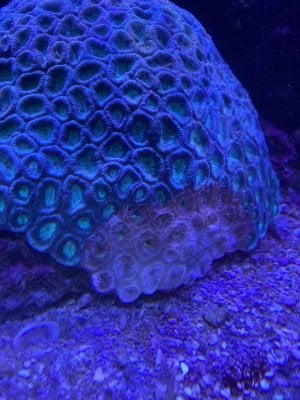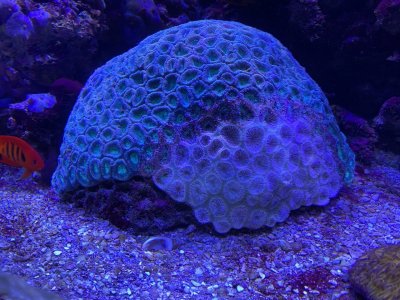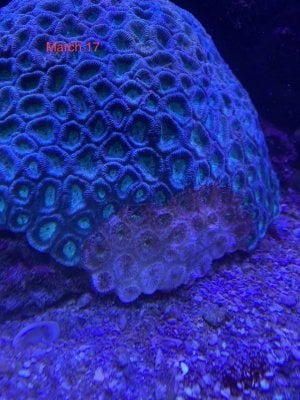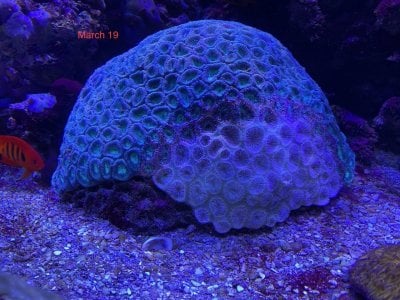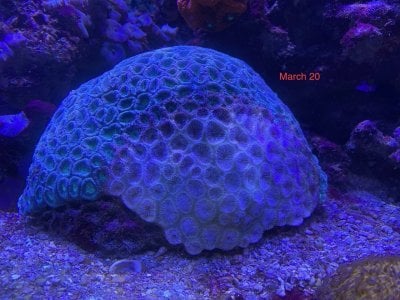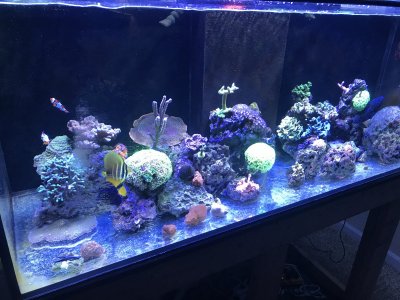- Joined
- Oct 15, 2019
- Messages
- 402
- Reaction score
- 1,671
I havent done the test but here is my speculation. As long as the temp and salinity are similar its likely some of the microbes will survive when you put the sand in your tank. It will surely be a different community from something harvested near a reef but I see no reason to expect that to be a problem.@AquaBiomics
Quick question, if you lived near a swimming ocean beach and your sand pail inadvertantly went home full from wet sand below tide line, would you expect similar results or does the keys have special bacteria properties??? To clarify, would non-reef-area but similar salinity and temparature harvested live sand work?
I think my concern would be other contamination from a swimming beach, including sunscreen which is apparently pretty nasty stuff.
But I'm mostly waving my hands here since I have not measured either bacterial populations or contaminant levels in sand from a swimming beach



